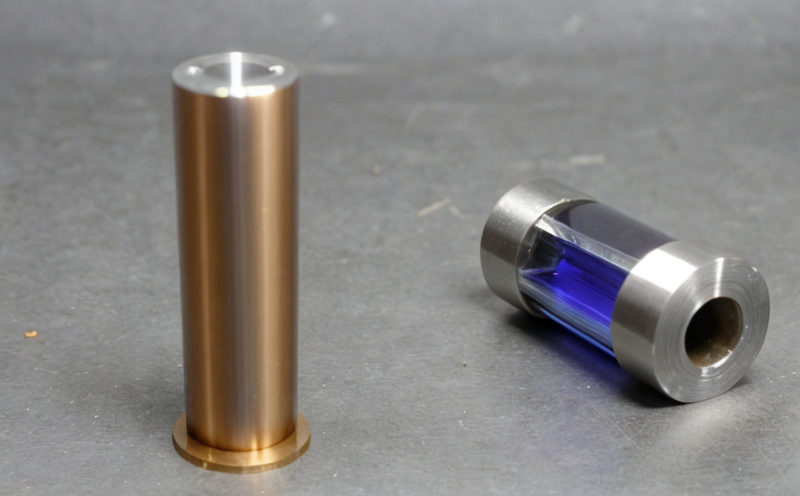UNI EN ISO 5077 Determination of dimensional change in textiles
The UNI EN ISO 5077 standard is a crucial tool for textile manufacturers, quality managers, and compliance officers to ensure the consistent performance of their products. Dimensional stability is an essential attribute that affects fabric appearance and fit, especially in garments and home textiles. The primary goal of this standard is to determine the dimensional change in textiles after exposure to heat and humidity conditions.
Textile materials are often exposed to various environmental factors during manufacturing, processing, and use. Heat and moisture can cause fabrics to shrink or elongate, leading to inconsistencies in product quality. By adhering to UNI EN ISO 5077, manufacturers can ensure that their products meet the dimensional stability requirements specified by international standards.
The test involves exposing a specimen of fabric to controlled heat and humidity conditions for a set period. After exposure, the specimen is measured again using precise instruments to determine any changes in dimensions. This process helps manufacturers identify potential issues early in the production cycle, allowing them to make necessary adjustments to their processes or materials.
The results from this test are critical for several reasons:
- They provide a reliable basis for quality control and assurance.
- They help meet regulatory requirements and industry standards.
- They enable the development of more consistent products by identifying sources of variability.
In summary, UNI EN ISO 5077 is an indispensable tool for textile manufacturers aiming to produce high-quality, dimensionally stable fabrics. By following this standard, companies can ensure their products meet the necessary standards and provide customers with consistent performance over time.
Scope and Methodology
The UNI EN ISO 5077 standard applies to woven, knitted, or non-woven textile materials used in various industries. The scope of this test is limited to determining the dimensional change caused by exposure to heat and humidity conditions. This method does not account for shrinkage due to washing or other post-production treatments.
The methodology involves preparing a specimen according to the specified dimensions and weight. The fabric is then exposed to controlled heat (100°C) and relative humidity (98%) for a set period, typically 24 hours. After exposure, the specimen is removed from the chamber, allowed to cool, and measured again with precision instruments such as micrometers or digital calipers.
The difference between the initial and final dimensions is calculated and expressed as a percentage of the original dimension. This value represents the dimensional change due to heat and humidity exposure. The standard specifies acceptance criteria based on this measurement; typically, the acceptable range for most fabrics is ±2%. However, specific industries may have different requirements.
It's important to note that the UNI EN ISO 5077 test is just one part of a comprehensive quality control process. Manufacturers should consider other factors such as fabric composition, weave structure, and manufacturing techniques when assessing dimensional stability.
Benefits
- Enhanced Product Consistency: By identifying dimensional changes early in the production cycle, manufacturers can ensure consistent product quality.
- Avoidance of Regulatory Issues: Compliance with international standards helps avoid potential legal and financial penalties.
- Informed Decision-Making: Test results provide valuable insights into fabric performance under real-world conditions.
- Improved Customer Satisfaction: Consistent product dimensions lead to better-fitting garments and home textiles, enhancing customer satisfaction.
- Competitive Advantage: High-quality products can give manufacturers a competitive edge in the market.
- Reduced Waste: By identifying and addressing dimensional issues early, manufacturers can reduce waste associated with rework or scrap.
In conclusion, the UNI EN ISO 5077 test offers numerous benefits that contribute to the overall quality and performance of textile products. It is a critical tool for any manufacturer looking to ensure their products meet industry standards and customer expectations.
Use Cases and Application Examples
The UNI EN ISO 5077 test has wide-ranging applications across various sectors of the textile industry. Here are some specific use cases:
- Garment Manufacturing: Ensuring that garments maintain their size after washing and wearing is crucial for customer satisfaction.
- Fabric Mills: Identifying dimensional changes in raw materials helps manufacturers select suitable fabrics for production.
- Hospital Apparel: Consistent dimensions are vital for patient comfort and hygiene in hospital textiles.
- Maintaining the size of curtains, bedding, and upholstery is essential to ensure customer satisfaction and product longevity.
- Sportswear: Ensuring that sportswear maintains its shape during extended use is critical for performance and comfort.
In each case, the UNI EN ISO 5077 test provides valuable insights into fabric behavior under specific conditions, helping manufacturers make informed decisions about their products.





